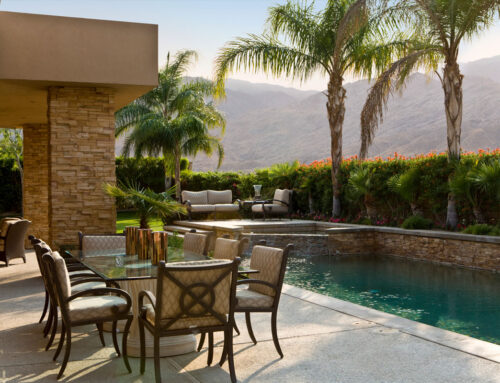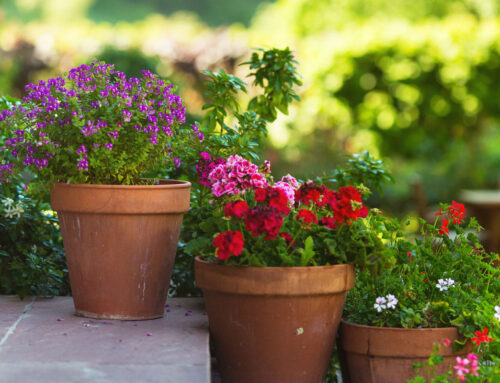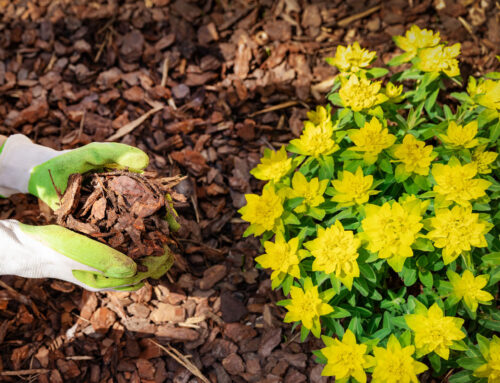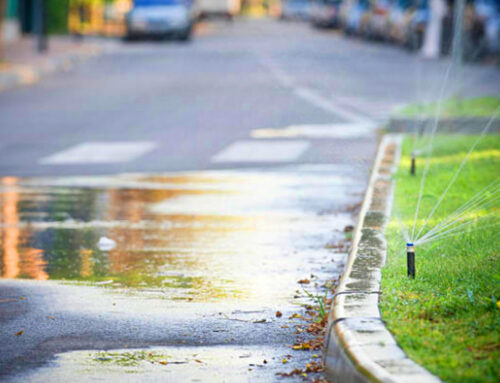Experienced dry-climate gardeners realize the importance of managing soil, water and plants successfully. Fortunately, valley soils can easily be made more productive. In upland and eroded areas of the valley, soils are shallow and require more work to become acceptable for plant growth.
Caliche, also called hardpan, is a cementlike layer of calcium carbonate that accumulates below the soil surface. It can be a few inches thick to several feet thick, and is often encountered on slopes or flat areas. If a gardener’s shovel bounces back when it strikes the soil, test for caliche. Pour vinegar or acid onto the area. If it bubbles, it’s caliche.
Soils in the Coachella Valley fall into definite categories. Areas west of Palm Canyon Drive and south of Highway 111 in Palm Desert are sandy to rocky due to the area’s alluvial structure. In some coves, wind-blown sand covers much of the ground. East of Palm Canyon Drive and north of Highway 111, most soils are predominantly sandy. In all instances, drainage of moisture is usually adequate.
Slow-draining soils can be found in La Quinta and points south. Here, gardeners must break through layers of silt or clay before water can drain. Silty sand builds up a crust that practically seals itself when water is applied. Commercially available soil penetrants made of sulfur compounds can be effective in combating this problem. Digging extra-wide planting holes and setting plants a bit higher when planting allows moisture to drain away from the plant’s crown. These methods are necessary in La Quinta and some lower elevation regions.
To find out how much water your landscaping requires, check out our handy drought irrigation guide at cvwatercounts.com/drought-irrigation-guide. And, to find out if your water agency offers rebates on irrigation upgrades, visit the rebates page at cvwatercounts.com/rebates.
Source: Lush & Efficient






